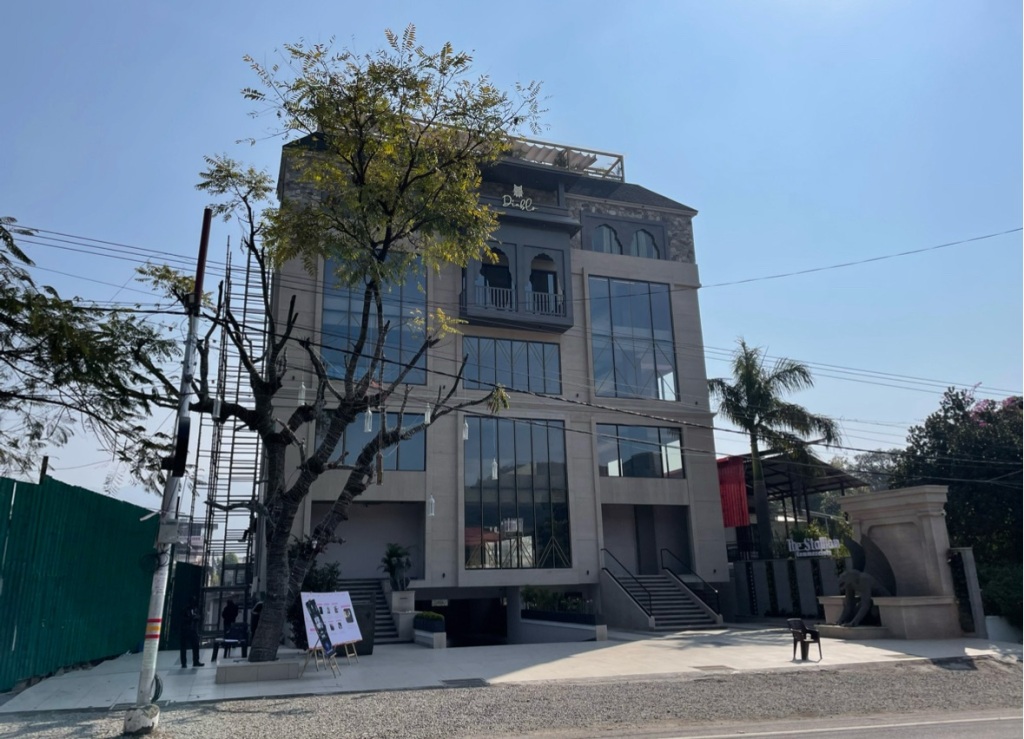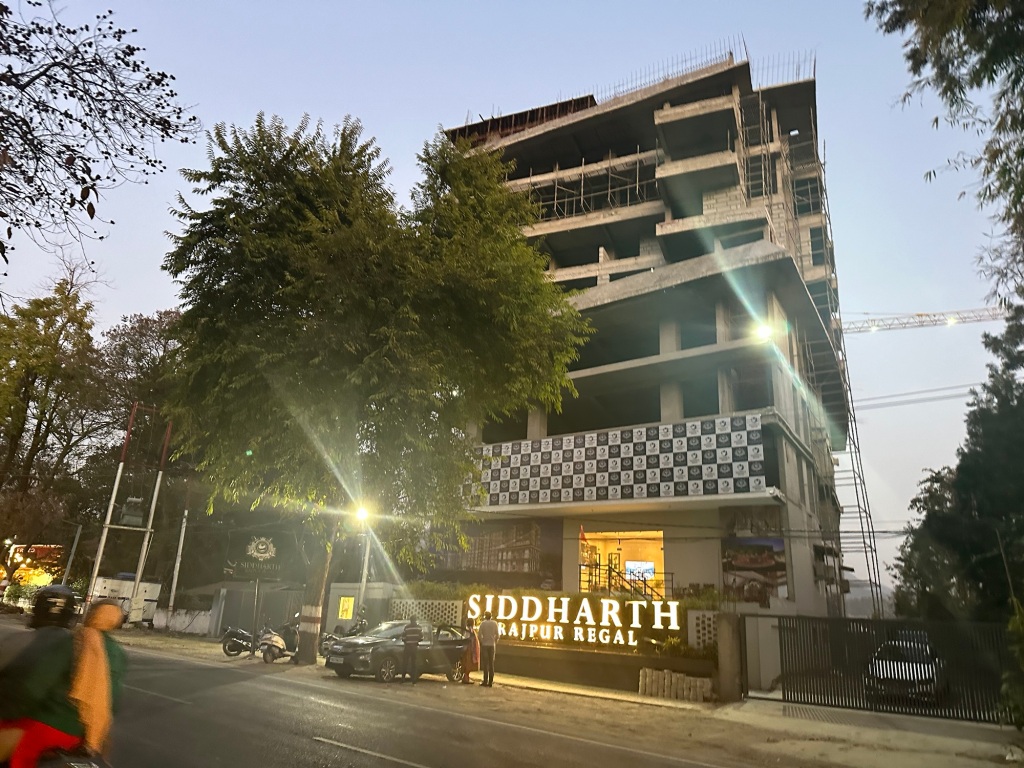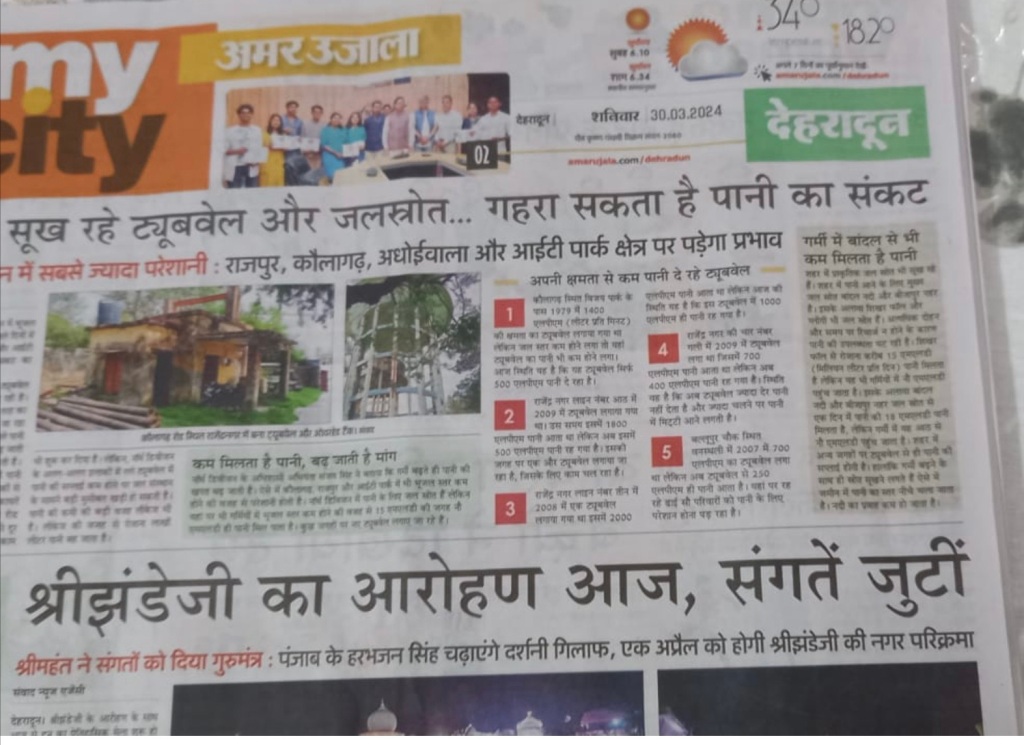An Urgent Plea for Dehradun: Learning from Bangalore’s Environmental Plight








The transformation of Bangalore from a verdant paradise to a concrete jungle embodies a grim narrative of unchecked urban sprawl and environmental neglect. As Dehradun stands on the cusp of a similar trajectory, the lessons from Bangalore must not go unheeded. The imminent threat of transforming Dehradun into another victim of unplanned urbanization calls for an immediate and coordinated response from all sectors of society and governance.
The Warning Signs in Dehradun
Dehradun, with its unique geographical setting and rich biodiversity, is experiencing an unsettling surge in construction activities. The rapid development, marked by an increase in concrete structures, is not only altering the city’s character but also posing a significant threat to its ecological equilibrium. The residents of Dehradun are witnesses to the dwindling green spaces, the increasing pollution levels, and the strain on water resources – all red flags that were once raised in Bangalore.
The Stark Reality of Bangalore
Bangalore’s ordeal serves as a cautionary tale. The city has seen a staggering 1055% increase in built-up areas over the last few decades, a transformation that came at a high environmental cost. A devastating 79% reduction in water bodies and an 88% loss in vegetation cover have had profound implications on the city’s microclimate, water availability, and air quality. The distressing outcomes of Bangalore’s growth are a direct result of unplanned expansion and disregard for sustainable practices.
Leveraging Expertise and Technology for Dehradun
Uttarakhand, home to institutions like CBRI Roorkee and the Wadia Institute of Himalayan Geology, has the scientific backing necessary to steer Dehradun away from an ecological crisis. These institutions, along with local planning bodies such as the MDDA and the Cantonment Board, are well-equipped to draft and implement sustainable urban development plans. The adoption of innovative solutions, similar to the Bangalore Information System (BuiS) and Bangalore Lakes Information System (BLIS) developed by IISc, can provide a roadmap for sustainable growth in Dehradun. These systems, leveraging free and open-source software, offer valuable insights into urbanization’s impacts, facilitating informed decision-making and policy formulation.
A Call to Action
The journey towards a sustainable future for Dehradun requires a collective effort. It is crucial for government authorities, civil society, environmentalists, and the citizenry to collaborate in preserving the city’s natural heritage. There must be a concerted effort to:
- Implement stringent zoning laws to control the spread of concrete structures and protect green spaces.
- Promote green architecture and sustainable building practices that minimize environmental impact.
- Enhance urban greenery through the expansion of parks and green belts, and by encouraging vertical gardens and rooftop plantations.
- Invest in water conservation and management to ensure the sustainable use of this critical resource.
- Foster community awareness and engagementin environmental conservation efforts.
The plight of Bangalore must serve as a wake-up call for Dehradun. By embracing sustainable development, leveraging scientific expertise, and fostering community engagement, Dehradun can navigate towards a future where growth and ecology harmoniously coexist. The time for action is now; let us unite to ensure that Dehradun’s legacy as a vibrant and green city is preserved for future generations.
